Revamping your kitchen or bathroom floor can infuse a fresh atmosphere into your space and allow you to address any underlying flooring problems.
To do so, you have to remove the old tiles first. The average cost for tile removal is around $3.50 per square foot (between $2 and $7 per square foot).
For a better assessment of the expenses that come with tile flooring removal, here’s a comprehensive explanation of the factors influencing its cost.
Factors That Affect the Cost of Tile Removal
Type
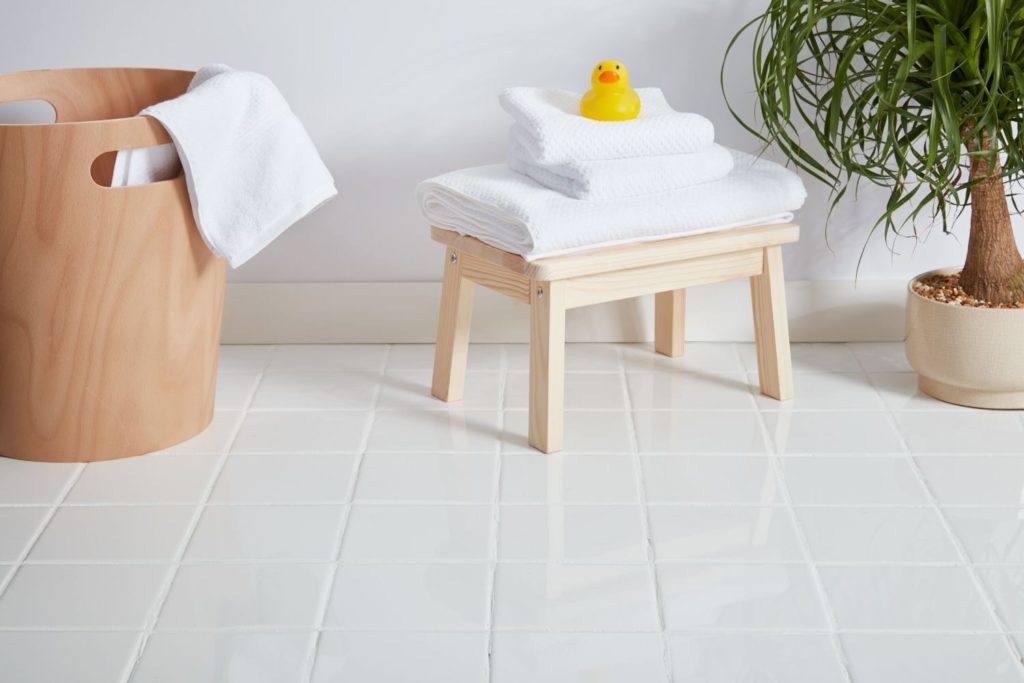
The cost of removing tile flooring differs by material. The stronger the adhesive used for the type of tile, the harder it is to remove them, hence the higher cost.
For example, stronger adhesives are used in natural stone and mosaic tiles during installation. This means they’re harder to remove and doing so may damage the material surrounding them.
On the other hand, less adhesive is used in ceramic tiles so it’s a lot easier to remove and cut them without damaging the surrounding materials.
Location

Tiles in easily reachable areas generally result in lower costs because of the straightforward removal process. For instance, tiles in an open kitchen or a spacious bathroom might incur less expense, as they are more accessible to contractors.
On the other hand, if the tiles are situated in tight corners or confined spaces, the removal process becomes more intricate. This complexity may lead to adjustments in labor costs, as it becomes more challenging for the contractors to work on these tiles.
For example, tiles underneath cabinets or around fixtures like toilets and sinks may require additional time and effort, which affects the overall removal expenses.
Area Size

The bigger the space, the more it can affect the total expenses. When you have a larger area, it generally means more tiles need to be removed, resulting in additional time and effort for the contractor.
For instance, if you’re looking to remove tiles from a relatively small hallway, the costs might be lower compared to removing tiles from a spacious living room.
Labor
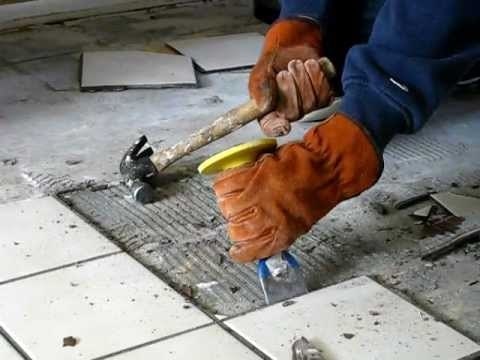
The labor cost of tile removal typically falls between $2 and $7 per square foot, depending on the local labor rates and the total area of the space.
If your contractor would have to travel and the job would take multiple days, you might also have to pay more for overnight lodging.
Tools and Supplies Costs
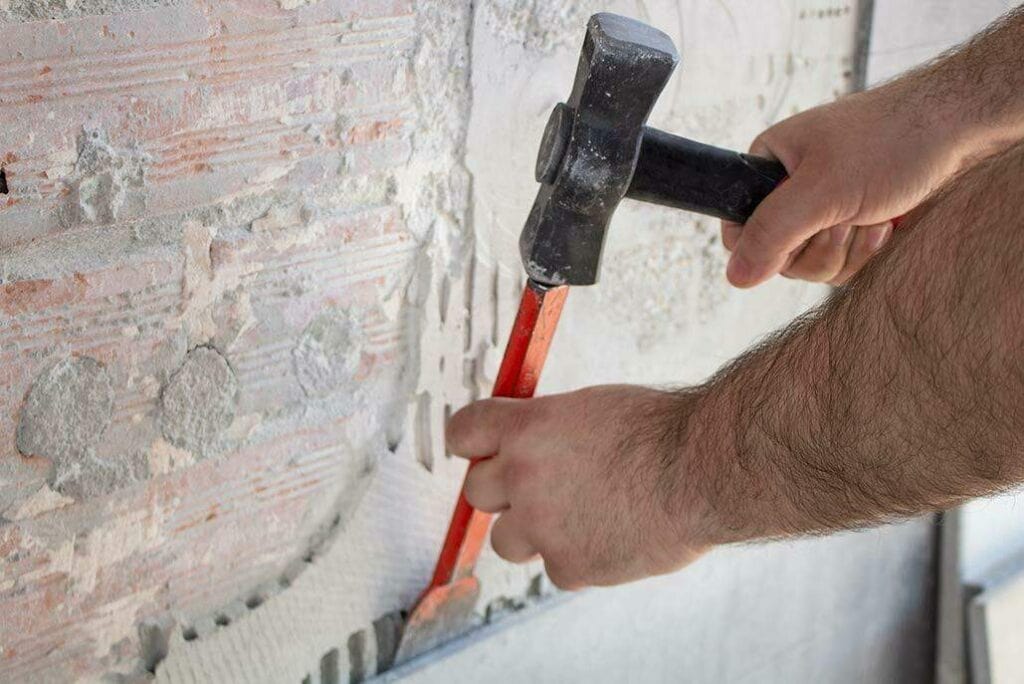
Contractors equipped with high-powered tile-removing tools may incur slightly higher costs. Demolition jackhammers, angle grinders, floor scrapers, and shop vacs streamline the process.
Costs for such tools range from $2 to $5 per square foot, and heavier-duty or dustless machinery may cost up to $6 per square foot.
Damage Repair
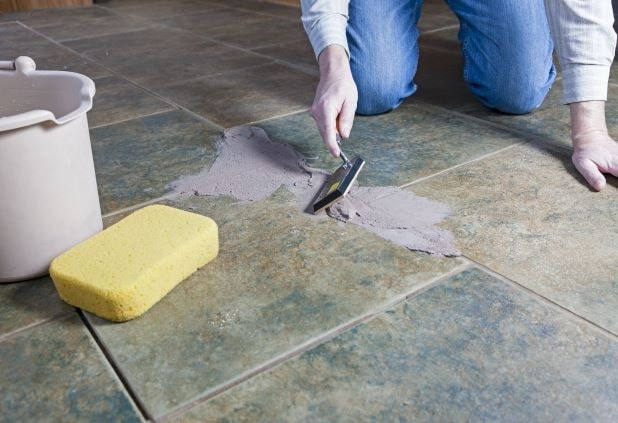
If issues like subfloor damage, water damage, structural damage, cracks, or uneven surfaces are discovered during tile removal, additional expenses may be incurred to fix these problems before installing new flooring.
The extent of the damage and the required repairs will affect the overall cost of the project.
Disposal

Contractors often include hauling and disposal in their overall cost, but it’s best to discuss this aspect with them to be certain.
In cases where they don’t include disposal in their service, renting a dumpster costs $470 on average depending on the dumpster’s size, the city, debris type and weight, and rental period.
Additional Costs That May Be Incurred
Permit Fees
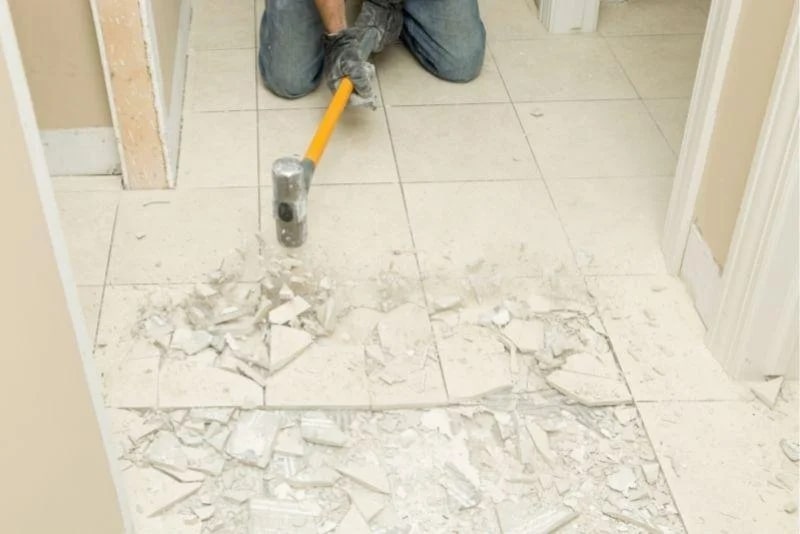
Permits are usually not required for flooring projects on personal properties, so you probably won’t have to pay for this.
However, it’s best to check and read about your city’s ordinances to ensure compliance, especially if you live in a historic home or if you’re going to have a major renovation.
Site Preparation
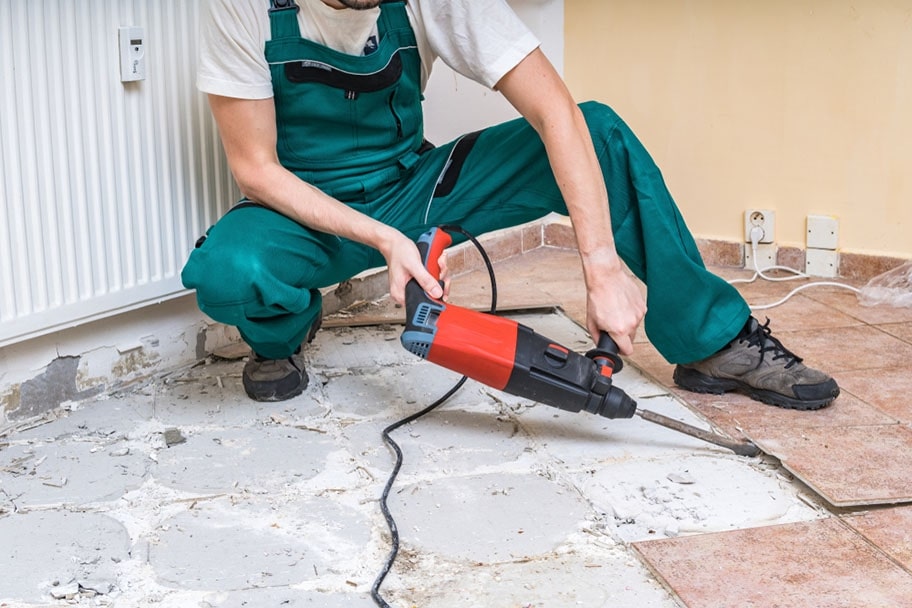
The contractor will usually include the fees for site preparation in the tile removal cost.
However, if you want to prep the area yourself, you will have to invest an average of $15 for drop cloths to protect the surrounding areas and around $200 for a HEPA-filtered dust extractor.
Hazardous Material Removal
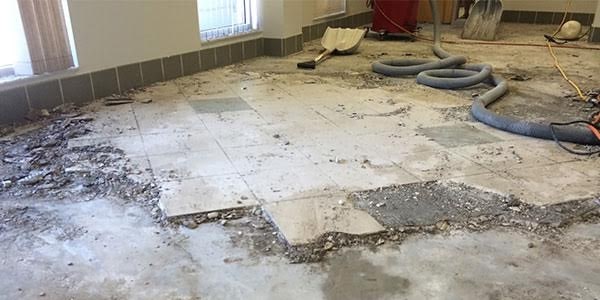
If mold is discovered during tile removal, it’s most probably because your tile floors have experienced water damage over the past few years.
The expenses for mold remediation include $300 to $400 for inspection and an additional $2.50 per square foot for removal.
Additionally, if your tile flooring was installed between the 1920s and 1980s, you may want to have a licensed inspector test your flooring first for asbestos. This a harmful material that was used in tiles and was banned in 1989.
Removal of asbestos tile can cost between $5 and $20 per square foot.
Cleanup
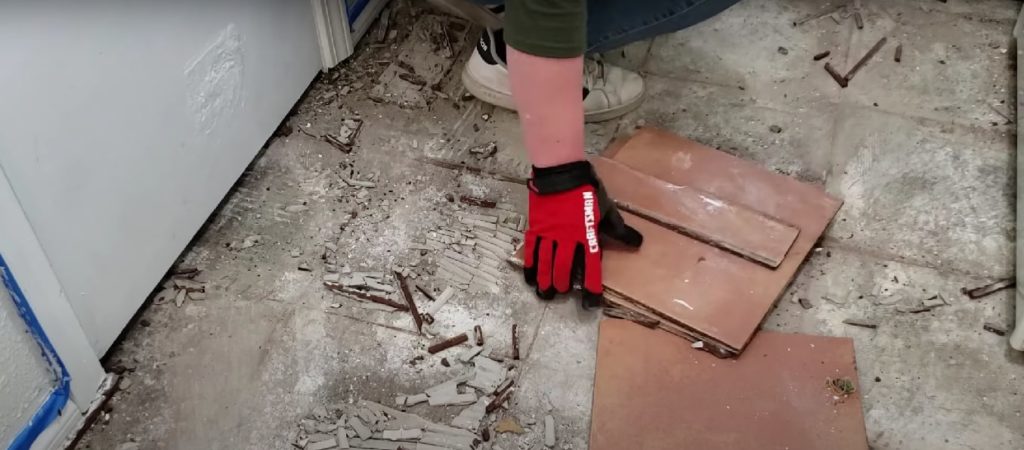
It’s important to note that cleanup services may not always be included in the contractor’s fees or services. In such cases, budgeting for the services of a professional house cleaner is recommended.
The average cost for heavy-duty cleaning in a single room is around $200.
Dust-Free Tile Removal
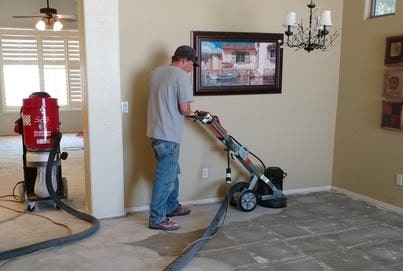
Dust-free tile removal is an excellent choice for those who want a tidy tile removal process. Some companies provide this type of service that uses specialized equipment to minimize dust accumulation.
It typically costs between $3.50 and $7 per square foot. While this approach may incur higher costs, it guarantees a clean outcome with no residual dust or debris.
How much does DIY tile removal cost?
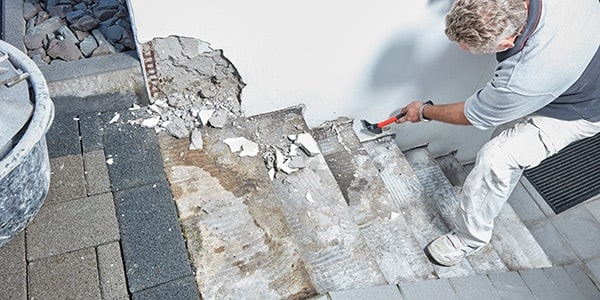
If you decide to take on the tile removal yourself, this would be a great way to keep the project budget low, as it usually costs below $1.00 per square foot.
This would help you save a lot, but keep in mind that doing this project yourself can take anywhere from 8 to 12 hours for every 100 square feet.
It takes a lot of time and hard work, and you might even risk causing damage to surrounding materials.
Cost-Saving Tips

Here are some ways to save money when removing tile flooring:
- Bundle services: When you’re thinking about putting in new flooring after removing the tiles, you might want to consider combining these services. Many contractors are willing to give you a discount if you hire them for both jobs.
By bundling services, you also ensure a smoother transition between tile removal and the installation of new flooring. This approach often streamlines the overall process and can lead to more cohesive results.
- Dispose of waste yourself: If your budget is limited, it’s worth checking if you can handle the disposal of the removed tiles on your own. Some contractors might allow you to do this to help you avoid additional fees for waste disposal.
It’s an option that can be particularly beneficial if you have access to a suitable disposal method or facility.
- Compare multiple quotes: Don’t rush into accepting the first quote you receive for the tile removal job. Take the time to explore and gather quotes from different contractors.
This ensures you have a comprehensive understanding of the market rates and allows you to make an informed decision. It helps you identify competitive pricing, variations in services offered, and potential cost-saving opportunities.
Additionally, obtaining multiple quotes allows you to negotiate more effectively and ensures transparency in the overall cost breakdown.
- Recycle or sell the tile: Instead of immediately disposing of the removed tiles, you may consider recycling or selling them.
Some materials can be repurposed or resold, which is an eco-friendly alternative and can potentially recover some of your costs.
- Check your homeowner’s insurance: Review your homeowner’s insurance plan to see if it offers coverage for the tile removal project.




